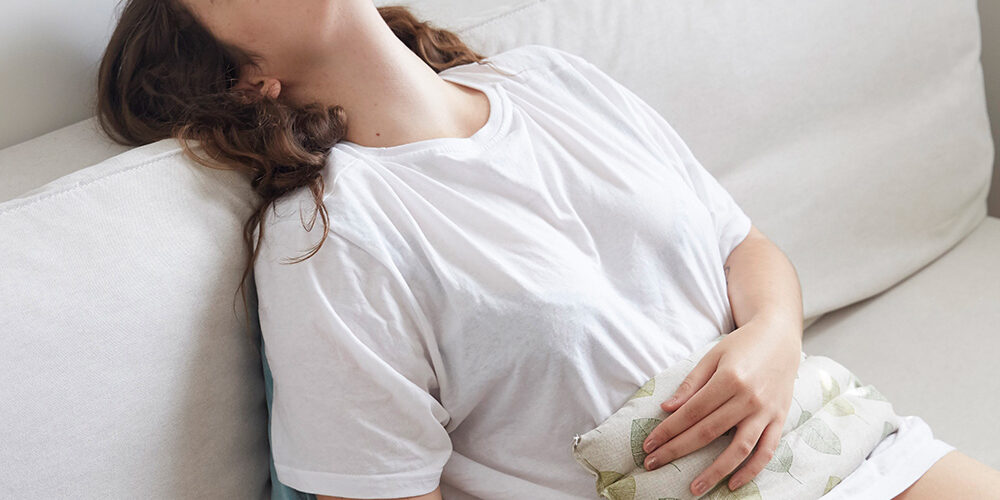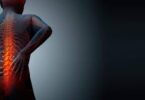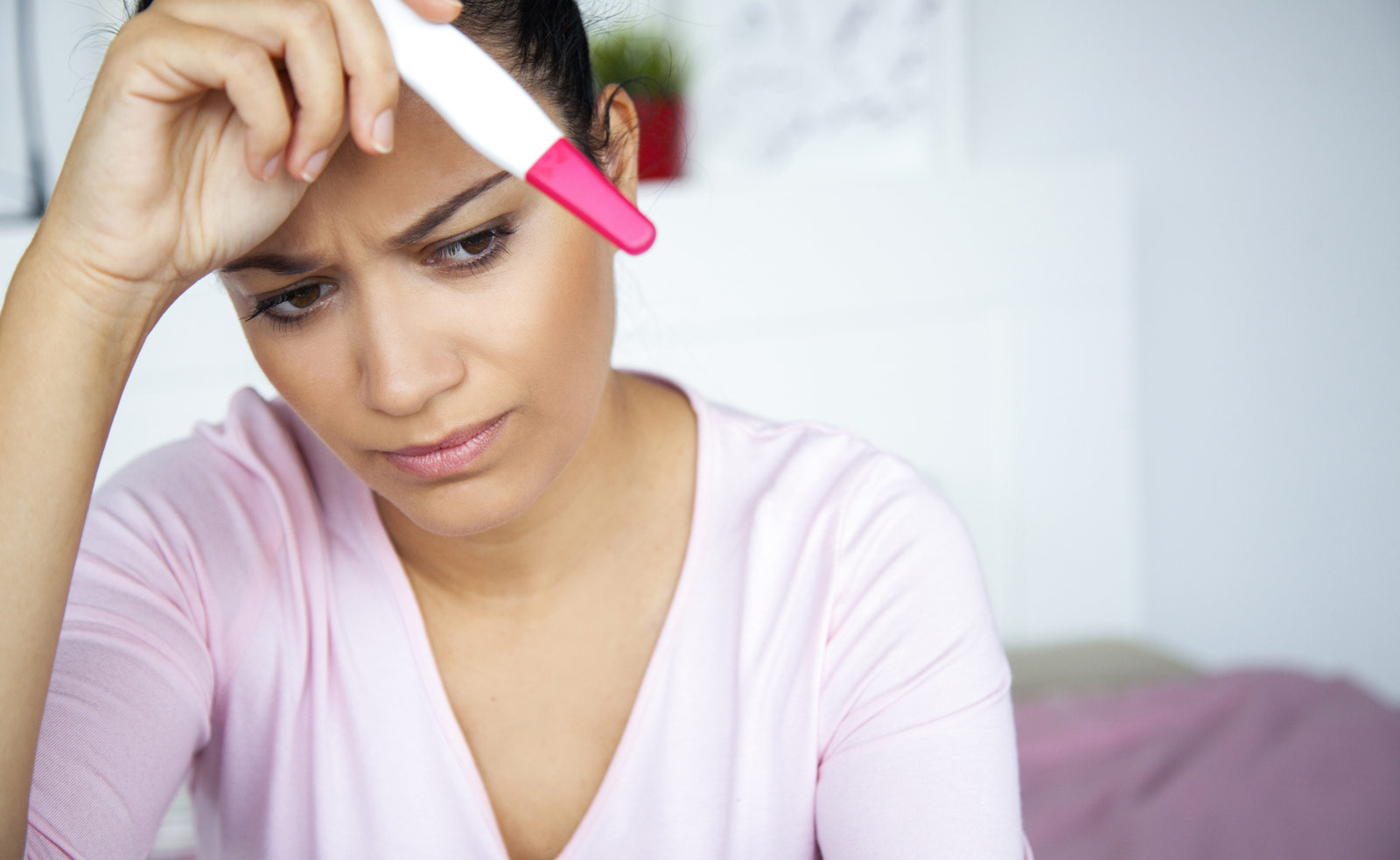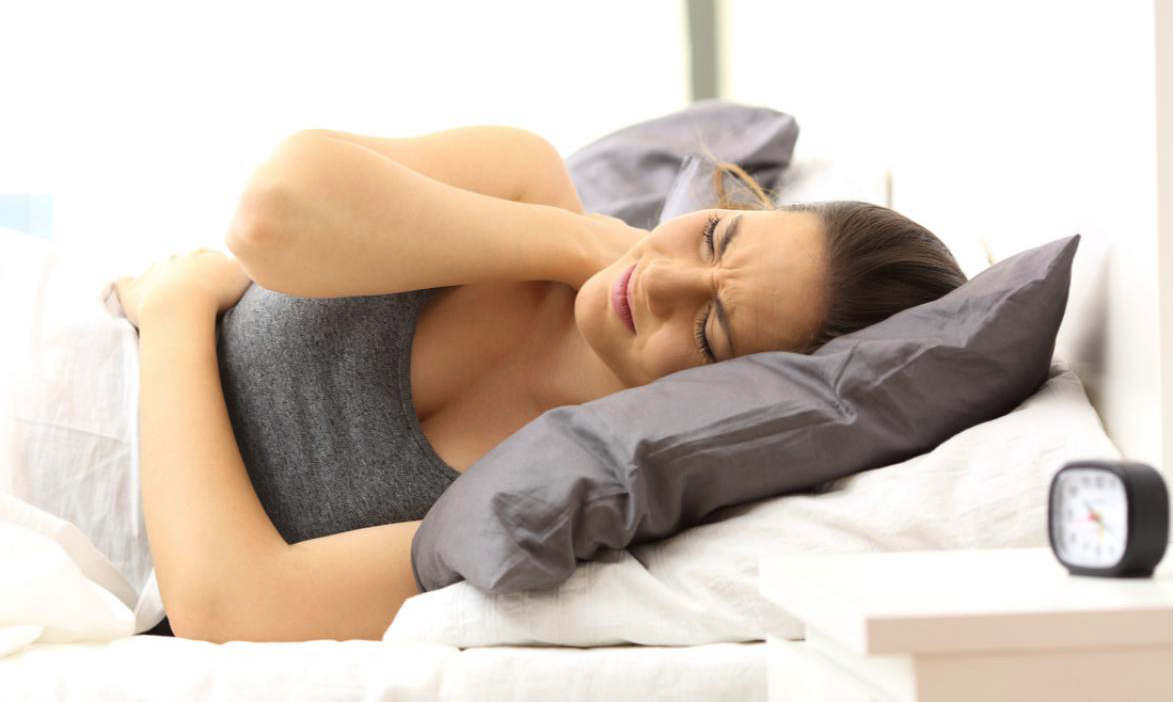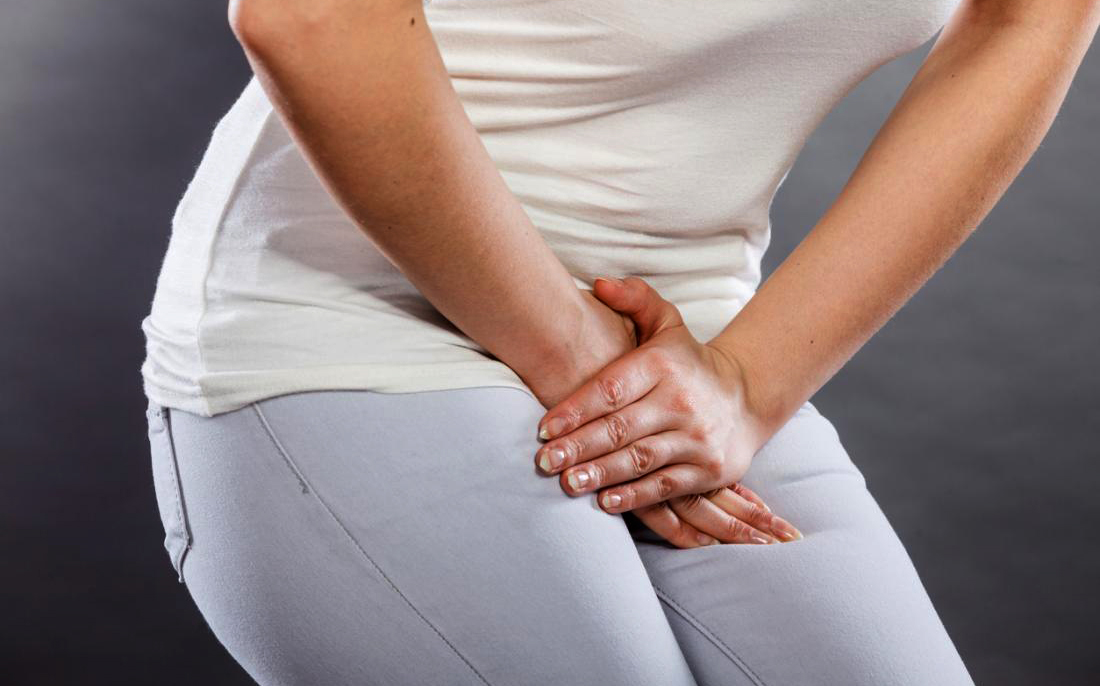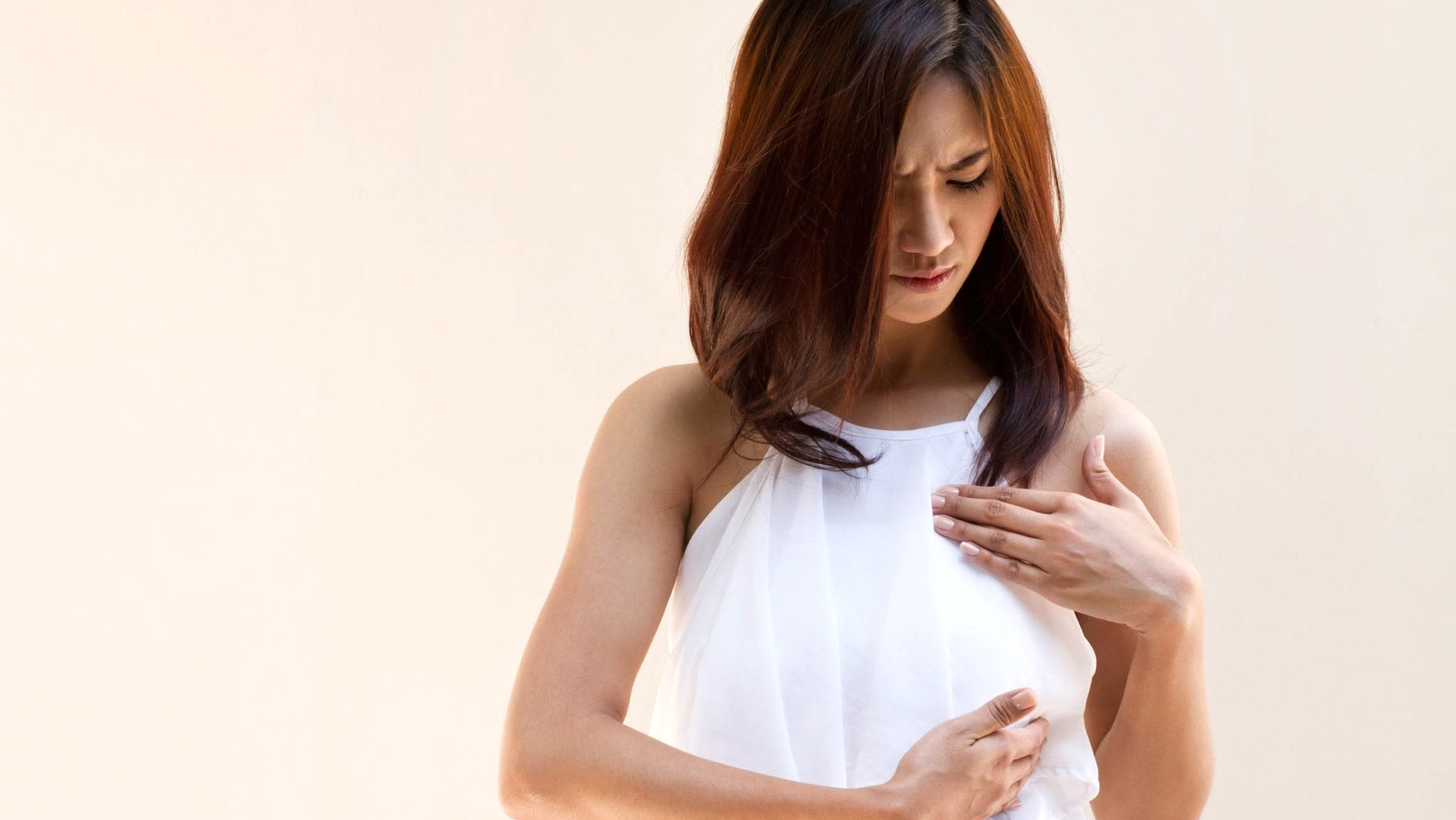A woman’s monthly cycle, known as menstruation, consists of normal vaginal bleeding.
Monthly many women have painful menstruation, due to menstrual cramps. There are two types of menstrual pain or dysmenorrhea: primary and secondary.
- Menstrual pain or primary dysmenorrhea is the most frequent. The cause is due to excessive prostaglandins, which are chemicals from the uterus. The pain may start a day or two before your period. Dysmenorrhea has its origin in youth, after menstruation begins. Frequently, with advancing age, less pain is experienced.
- Menstrual pain or secondary dysmenorrhea usually starts later in life. It is caused by diseases that affect the uterus or other reproductive organs.
To diagnose menstrual pain, the doctor will ask about your medical history and perform a pelvic exam and some tests such as: Ultrasound, laparoscopy and other imaging tests.
Some tips to help relieve menstrual pain:
- Practice exercise regularly.
- Consuming dietary supplements such as magnesium supplements, vitamin E, omega-3 fatty acids, vitamin B-1, and vitamin B-6 can reduce menstrual cramps.
- Take a hot bath or apply a hot pack, hot water bottle, or heat patch to your abdomen.
- Practice relaxation techniques to reduce stress.
- Take over-the-counter pain relievers such as nonsteroidal anti-inflammatory drugs.
- There are also alternative therapies to treat menstrual pain although there are not enough studies to recommend them by specialists, however they can help in the treatment of pain. We can find among the alternative therapies the following: Transcutaneous electrical nerve stimulation, acupuncture, phytotherapy and acupressure.

